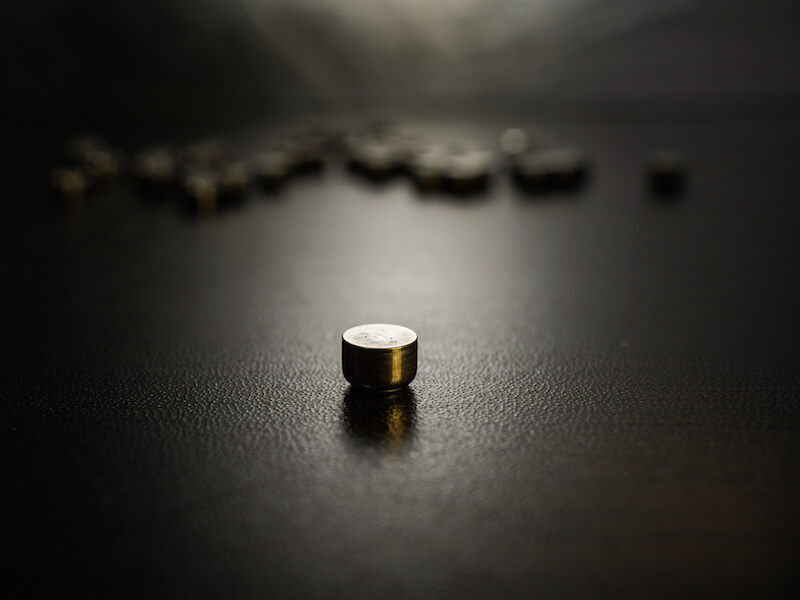
Contemporary technology has evolved the way we power electronics of all kinds, from cameras to phones to music players. A robust, rechargeable hearing aid battery is finally realizing the hopes of hearing aid makers to replace the antiquated disposable power sources of the past.
Size 312 batteries are the most common of the disposable batteries that have typically been used to power hearing aids. Nowadays, the most prominent version of these batteries is generally known as a “zinc-air” battery.
The Downside to Disposable Hearing Aid Batteries
As the name would imply, a zinc-air battery is impacted by the presence of air. When it comes to the 312 batteries used in a lot of hearing aids, the user needs to pull a little tab off the back of the battery before it is turned on and functional.
They will begin draining power as soon as they are completely oxygenated. That means power is beginning to deplete even if the user isn’t ready.
The biggest drawback to disposable batteries, for most users, is how short they last. Some reports have estimated the standard life expectancy of a size 312 disposable battery to be between 3 and 12 days, which means users could replace their batteries around 120 times every year.
That also means users may need to buy 120 batteries, spend the time twice every week to replace them, and correctly dispose of each. That’s probably over $100 in batteries from a cost perspective alone.
Advancements in Rechargeable Batteries
Rechargeable hearing aid technology has advanced to the point where it’s now a practical option and that’s great news for people who wear hearing aids.
Studies have revealed that most individuals overwhelmingly prefer to use rechargeable hearing aids. Until recently these models have historically struggled to supply a long enough charge to make them practical. But modern rechargeable batteries will hold a charge all day without requiring a recharge.
Rechargeable batteries won’t save users significant amounts of money, but they will improve their quality of life.
These modern models give less frustration on top of maintaining a 24 hour charge because the user doesn’t have the burden of constantly changing out the batteries. Instead, they only need to pop out the battery and place them in a convenient tabletop charging unit.
When a disposable battery nears the end of its life it can’t run your hearing aid at full power. There’s also no real way to identify how close to being inoperable the battery really is. As a result, users chance putting themselves in a situation where their battery may die at a critical time. A faulty battery will not only cause a safety hazard, it could cause the user to miss key life moments.
Types of Rechargeable Hearing Aid Batteries
Rechargeable batteries come in a variety of different materials, each providing unique advantages. The ability to hold a charge for 24 hours is one reason why integrated lithium-ion batteries are one viable option that manufacturers provide. And smart-phones are powered by this same type of battery which might be surprising.
Silver-zinc technology is another material used for modern rechargeable hearing aids. Originally, these revolutionary batteries were developed for Nasa’s moon missions. You can even use this technology to update and retrofit the existing hearing aids you’re comfortable with by converting the device to rechargeable power. These batteries, like lithium-ion, will also last all day before requiring a recharge.
Some models even allow you to recharge the battery while it’s still in the hearing aid. At night, or at some other time when the hearing aid isn’t in use, the whole hearing aid can be placed directly into the charger
While each of these rechargeable solutions provides considerable advantages over disposable batteries, each approach should be carefully vetted to get a complete picture and to identify if it’s right for you.
If you’re looking for more information about hearing aid technology or how to select the ideal hearing aid to satisfy your needs, we encourage you to take a look at our hearing aids section.